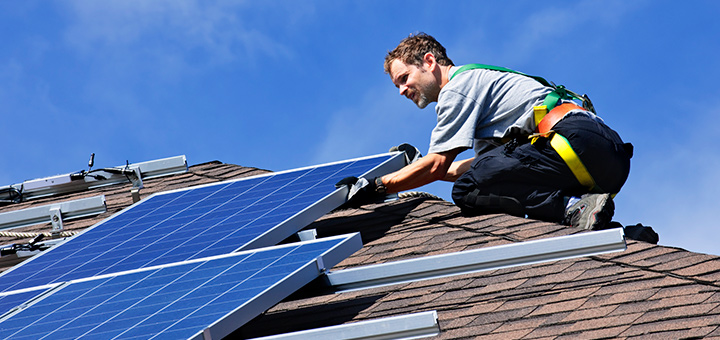Roof installation is a critical home improvement project that requires careful planning and attention to detail. Knowing what it takes to have a complete roof is essential as it will make you prepare everything in the early stages. However, proper roof installation is essential to ensure the longevity, durability, and functionality of your roof. Here are some essential factors to consider during the roof installation process.
Table of Contents
Roofing Material and Roofing Underlayment
Choose the suitable roofing material for your needs and budget. Standard options include asphalt shingles, metal roofing, wood shakes, slate, and tile. Consider factors such as durability, cost, and aesthetics when choosing. The underlayment is a water-resistant or waterproof barrier installed beneath the primary roofing material. It provides an extra layer of protection against moisture infiltration. Ensure the underlayment is installed correctly to prevent leaks.
Ventilation and Roof Deck
Proper ventilation is crucial to regulate temperature and humidity in your attic. Inadequate ventilation can lead to moisture problems, premature roof deterioration, and energy inefficiency. Ensure your installer includes ridge and soffit vents or other appropriate ventilation systems. The roof deck is the structural base for your roof. It should be in good condition and free of rot or damage before the new roofing material is installed. Any issues with the roof deck should be addressed and repaired before installation.
Flashing and Drip Edge
Flashing prevents water from infiltrating the vulnerable areas of your roof, such as around chimneys, skylights, vents, and roof valleys. Ensure that flashing is correctly installed to prevent leaks. The drip edge is a metal strip installed along the roof’s edges to direct water away from the fascia and into the gutters. Proper installation of the drip edge is essential to protect the roof’s structure and prevent water damage.
Roof Slope, Pitch and Weather Conditions
The slope and pitch of your roof will affect the choice of roofing material and the installation process. Steeper roofs may require additional safety measures and different installation techniques. Plan your roof installation for a period of favourable weather. Rain, snow, or extreme heat can make the installation process more challenging and compromise the quality of the work.
Permits, Regulations and Quality of Workmanship
Check with local authorities to determine if you need permits for your roof installation. Ensure that your project complies with building codes and regulations in your area. Choose a reputable roofing contractor with a track record of quality work. Ask for references, check online reviews, and verify their credentials and insurance coverage. A skilled and experienced installer is crucial for a successful roof installation.
Warranty, Cleanup and Debris Disposal
Understand the warranty that comes with your roofing materials and the installation. Different components of your roofing system may have different warranties. Ensure that you have a clear understanding of what is covered and for how long. Discuss the cleanup and debris disposal process with your installer. A well-organized cleanup is essential to prevent damage to your property and ensure a safe working environment.
The Whole Budget
Roof installation can be a significant investment. Establish a clear budget and obtain multiple quotes from reputable contractors to ensure you get a fair price for the project.
Key Takeaway
Proper roof installation is crucial to the long-term performance and integrity of your home’s roofing system. Take your time to research, plan, and choose the suitable materials and professionals for the job to ensure a successful roof installation.




